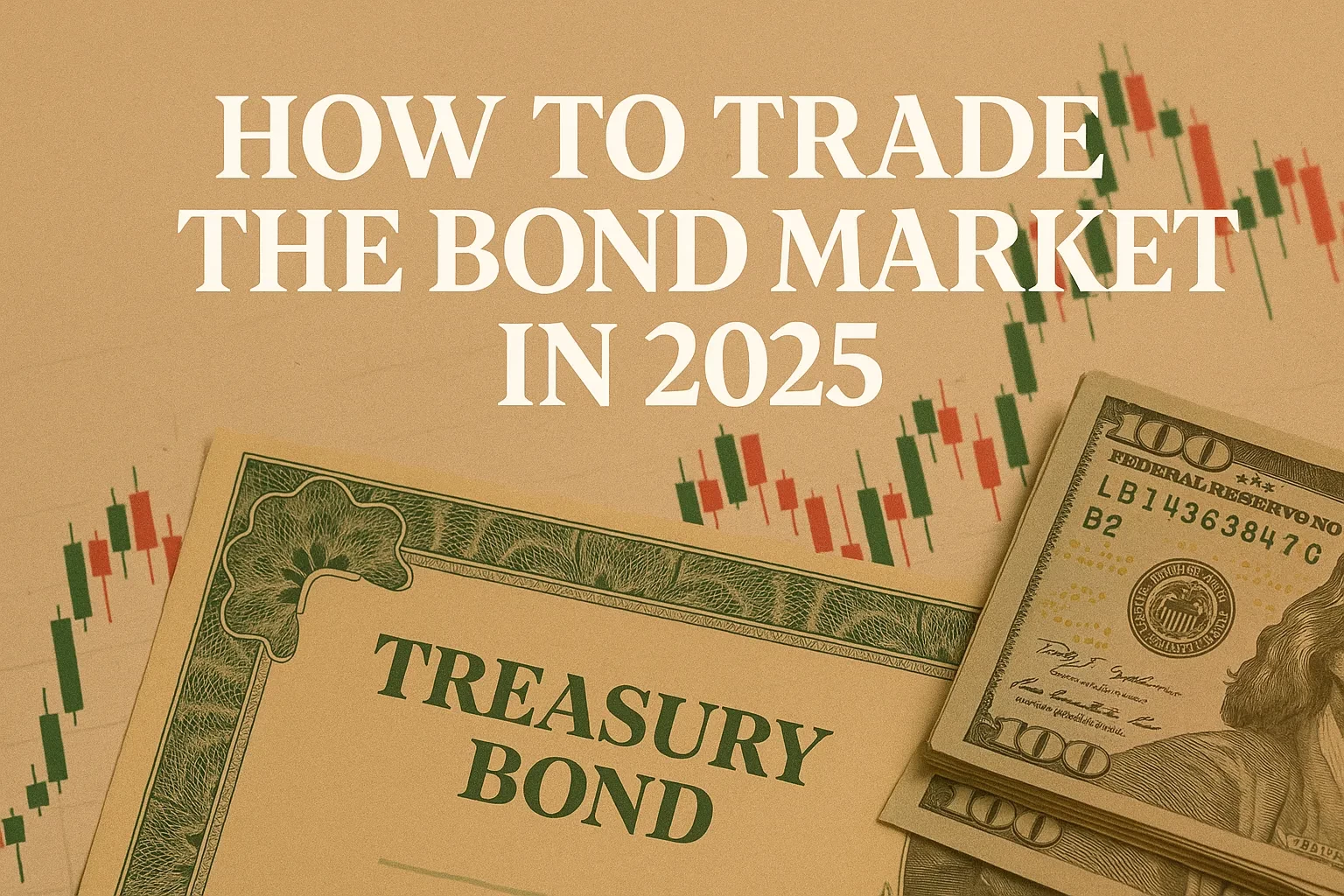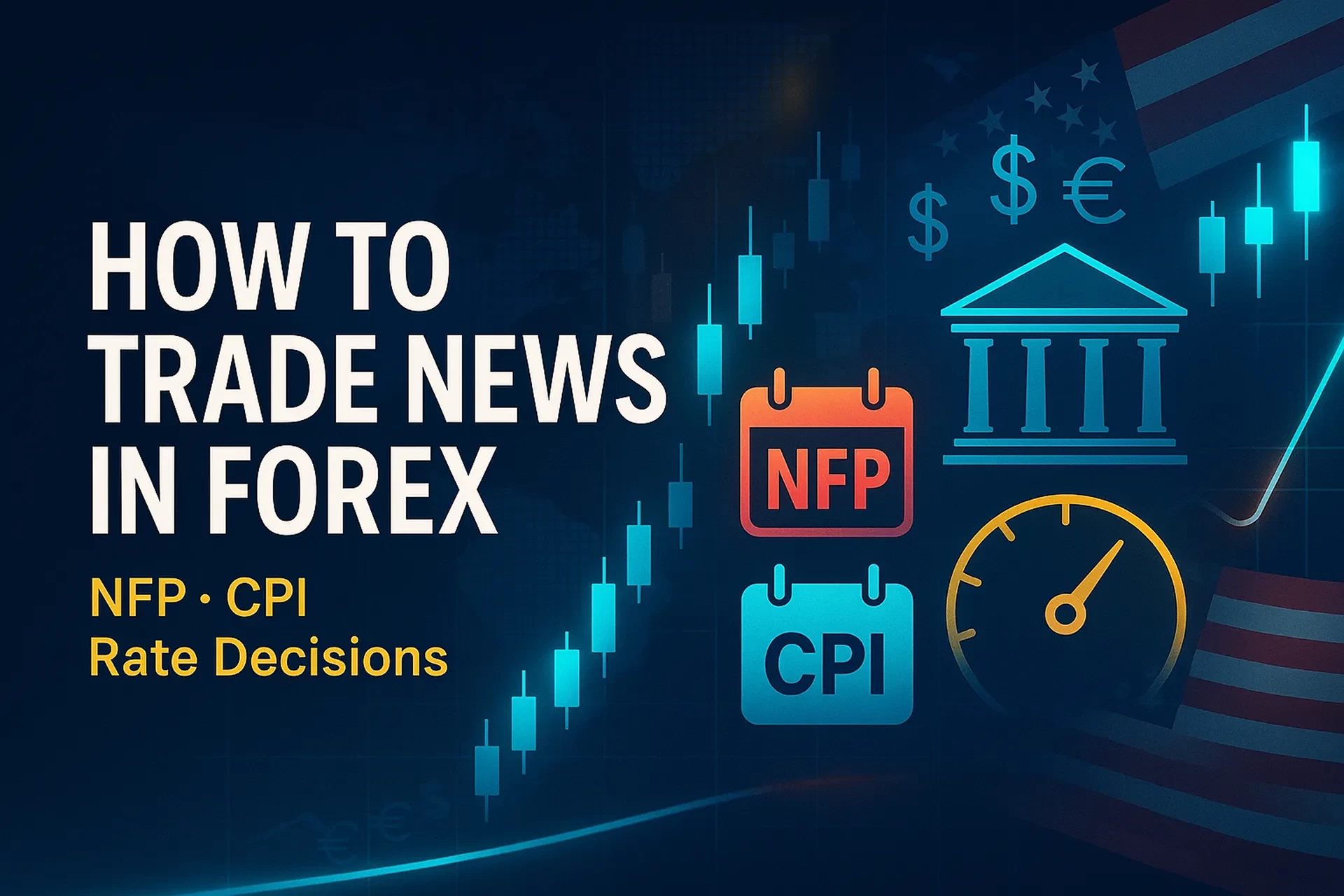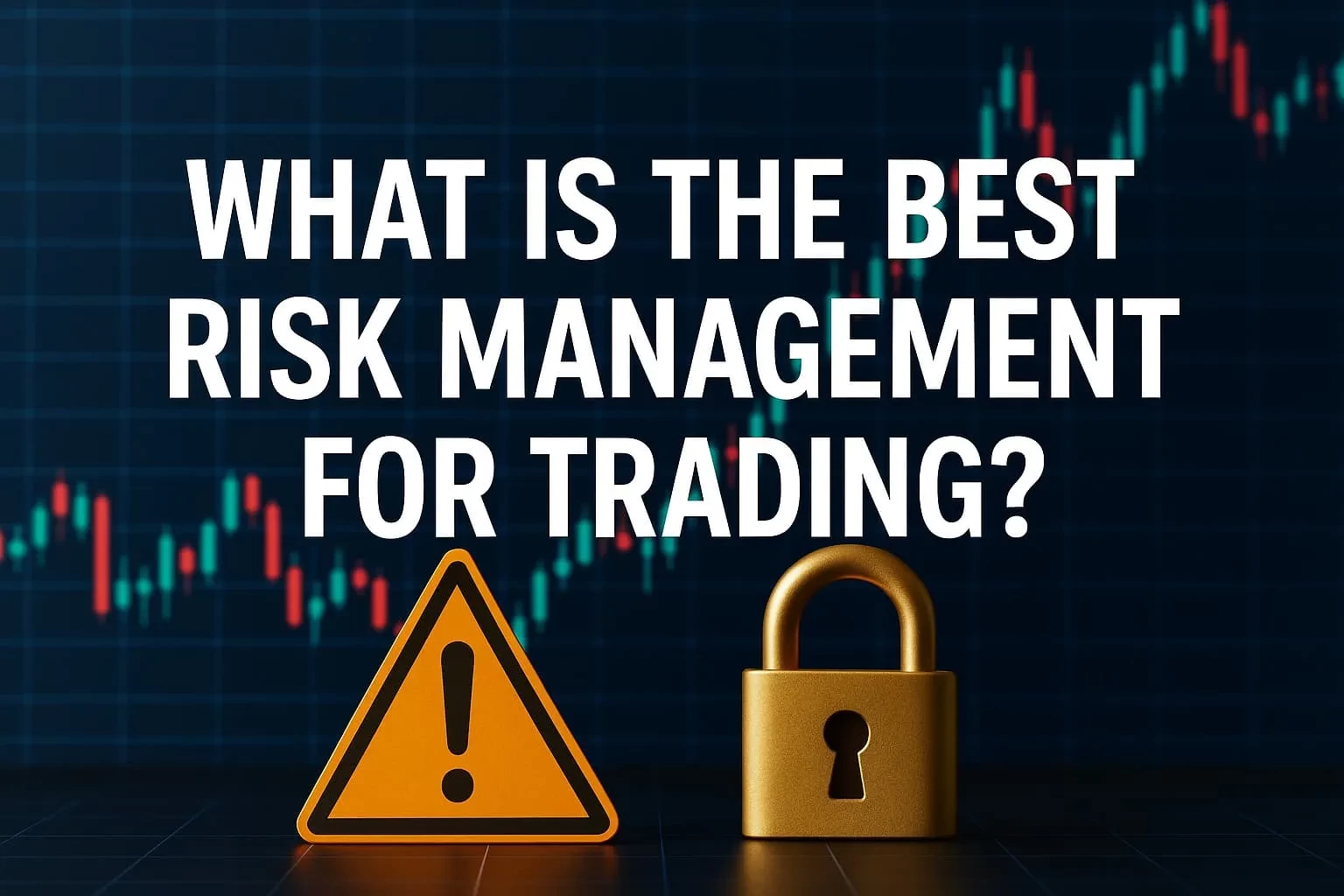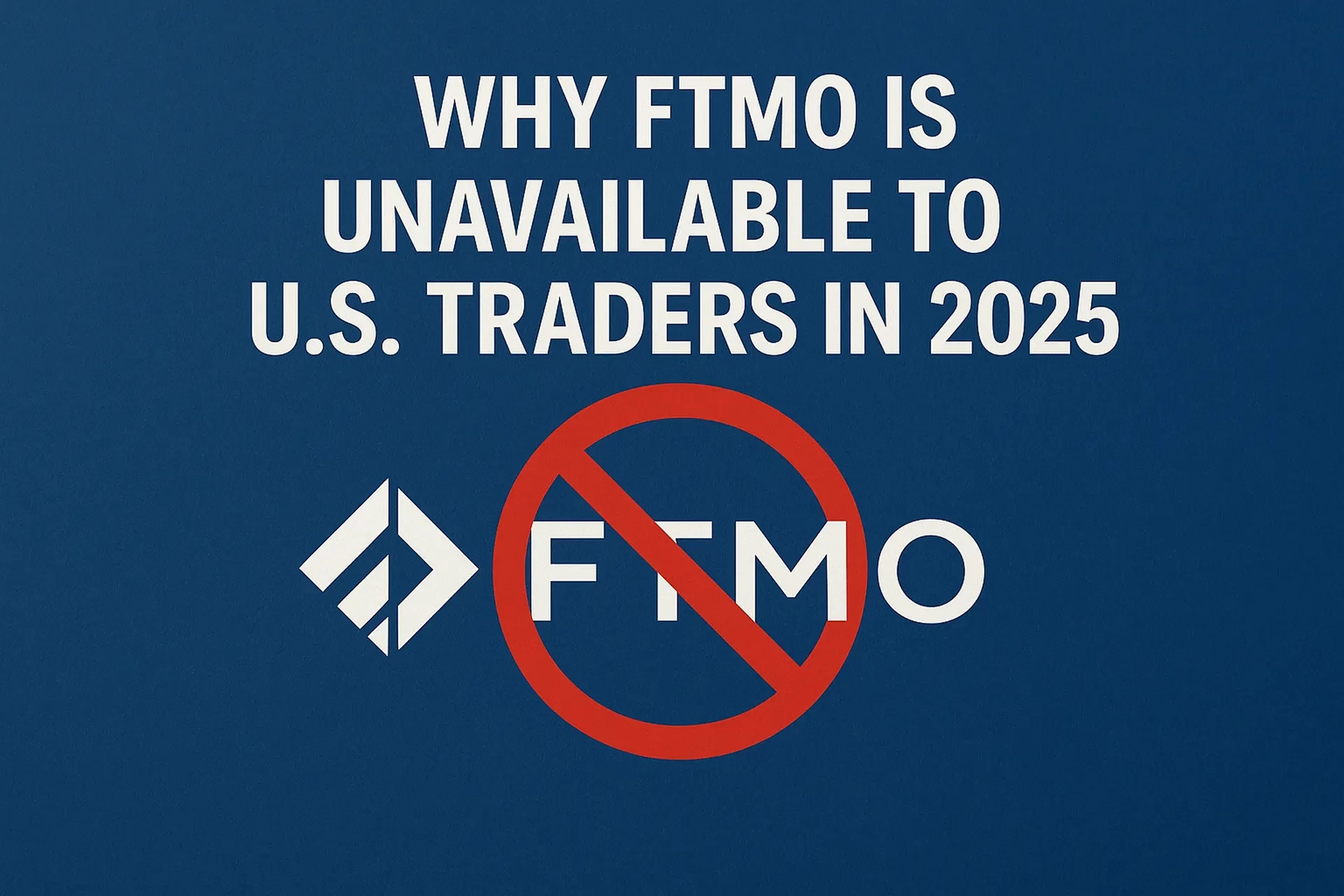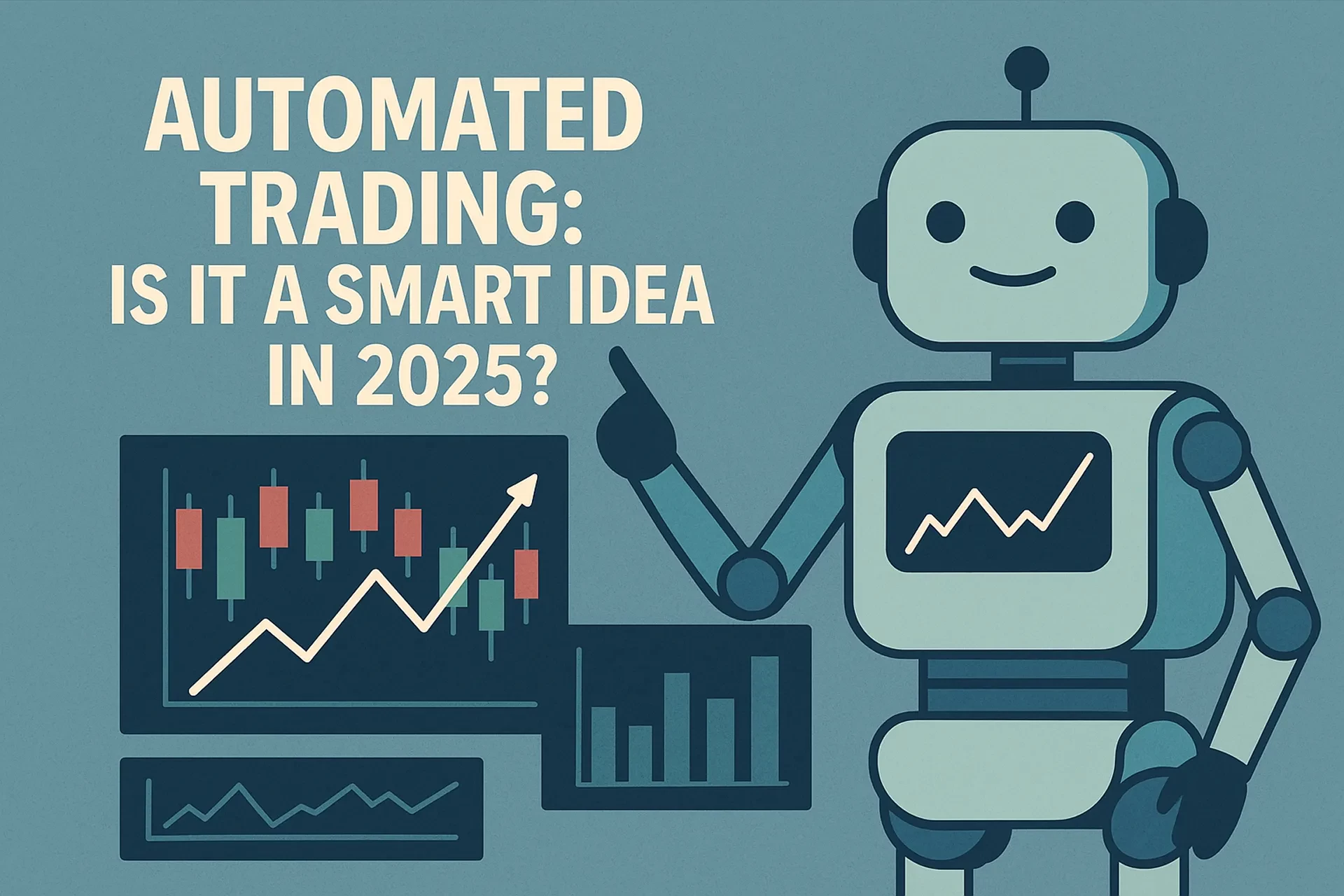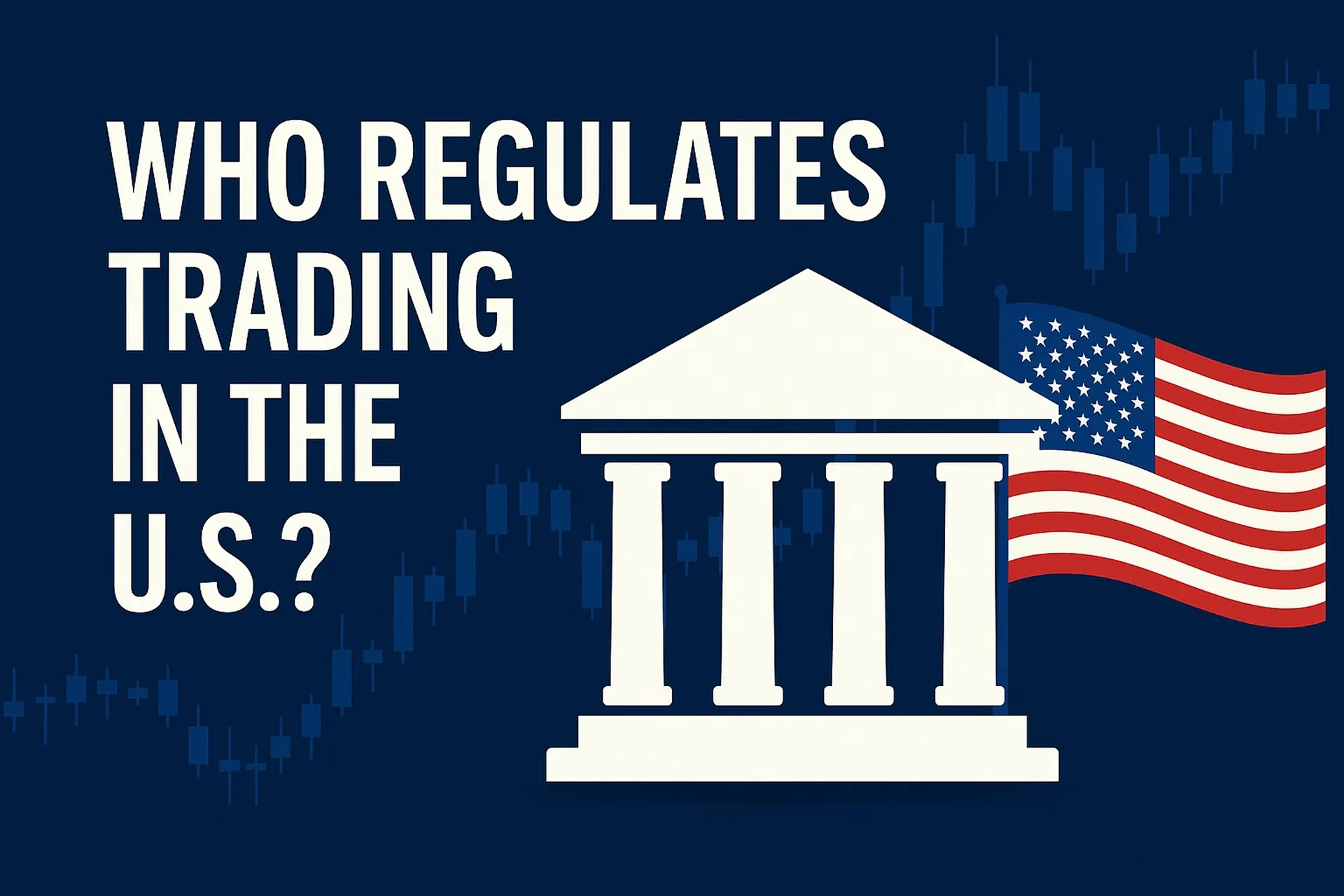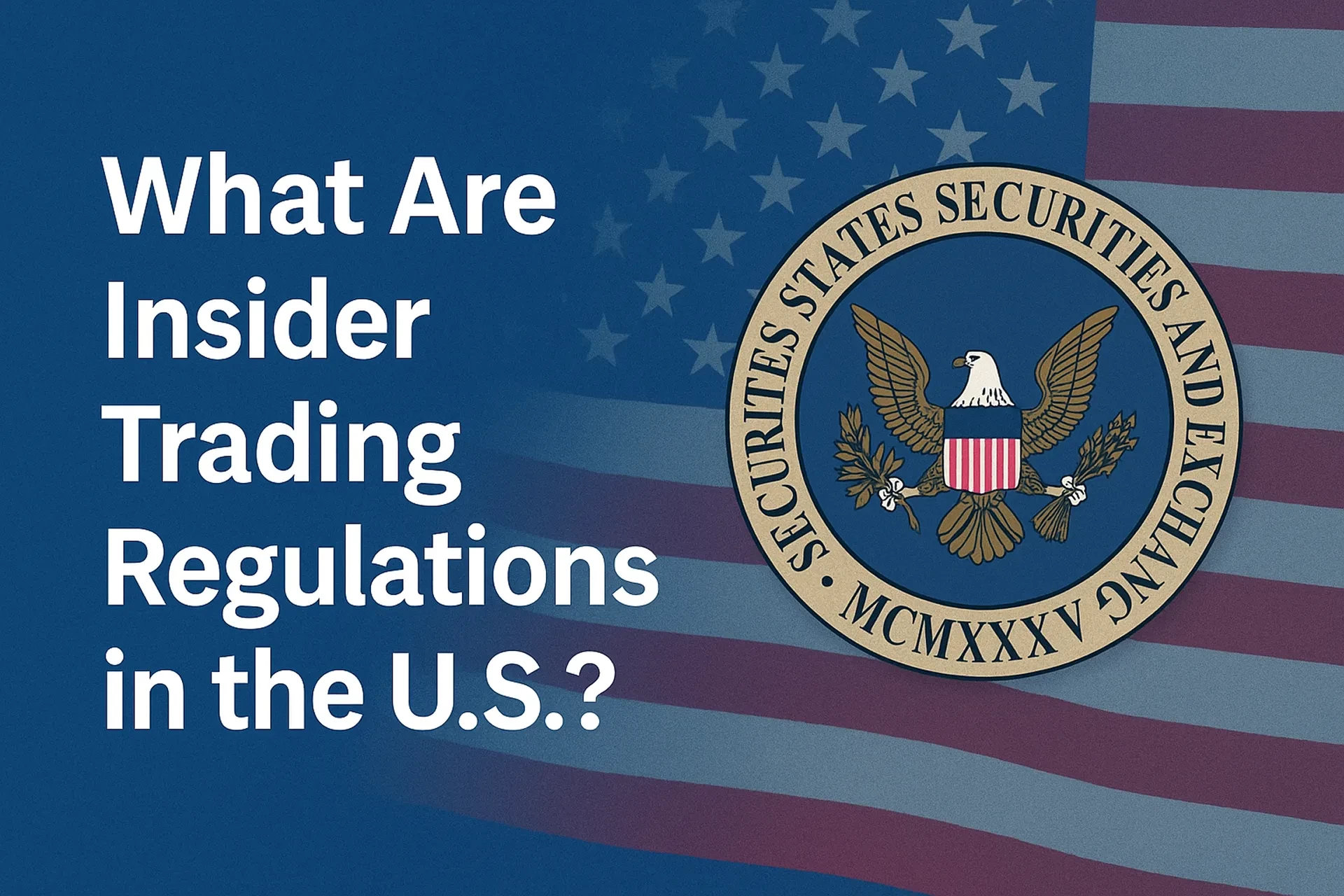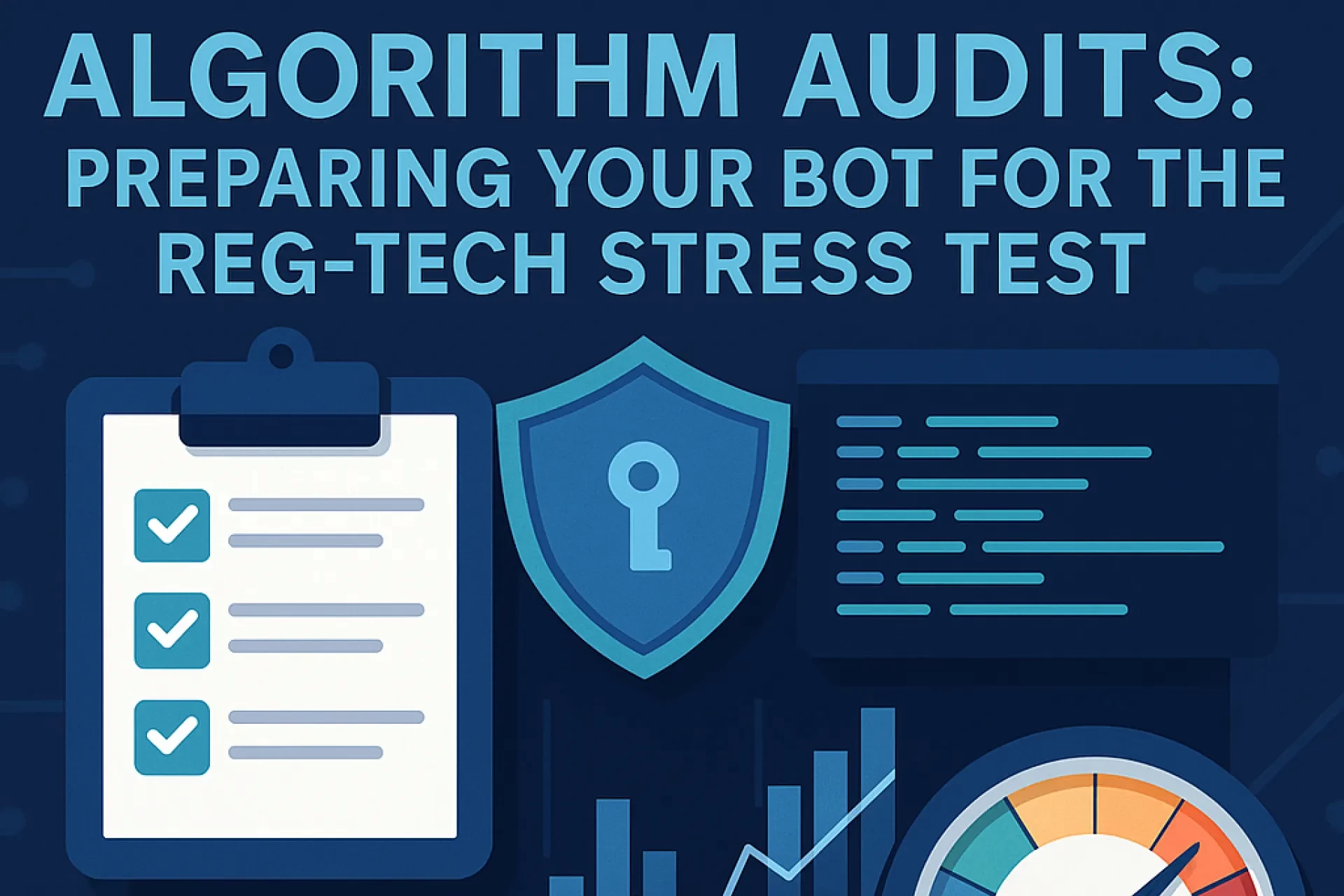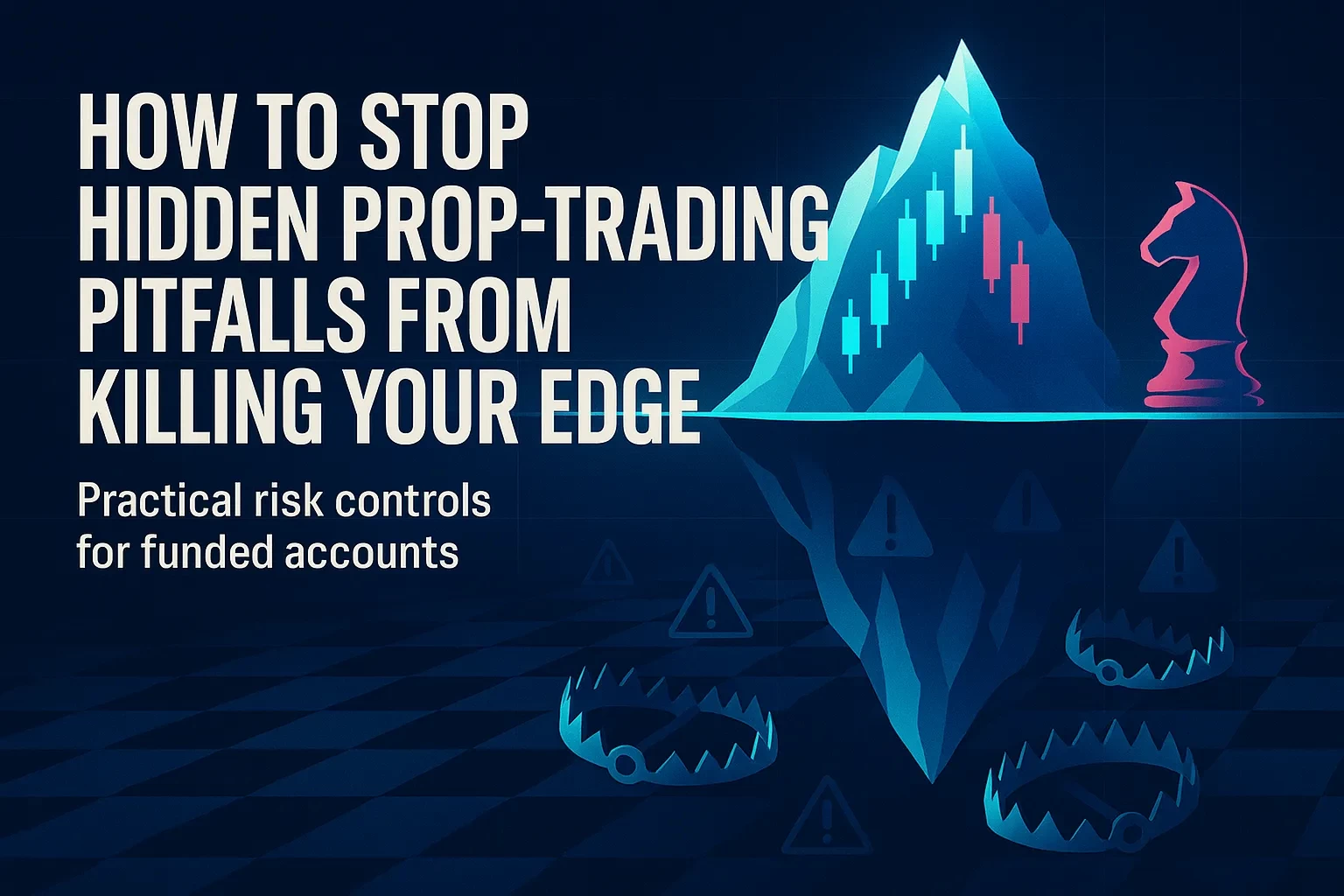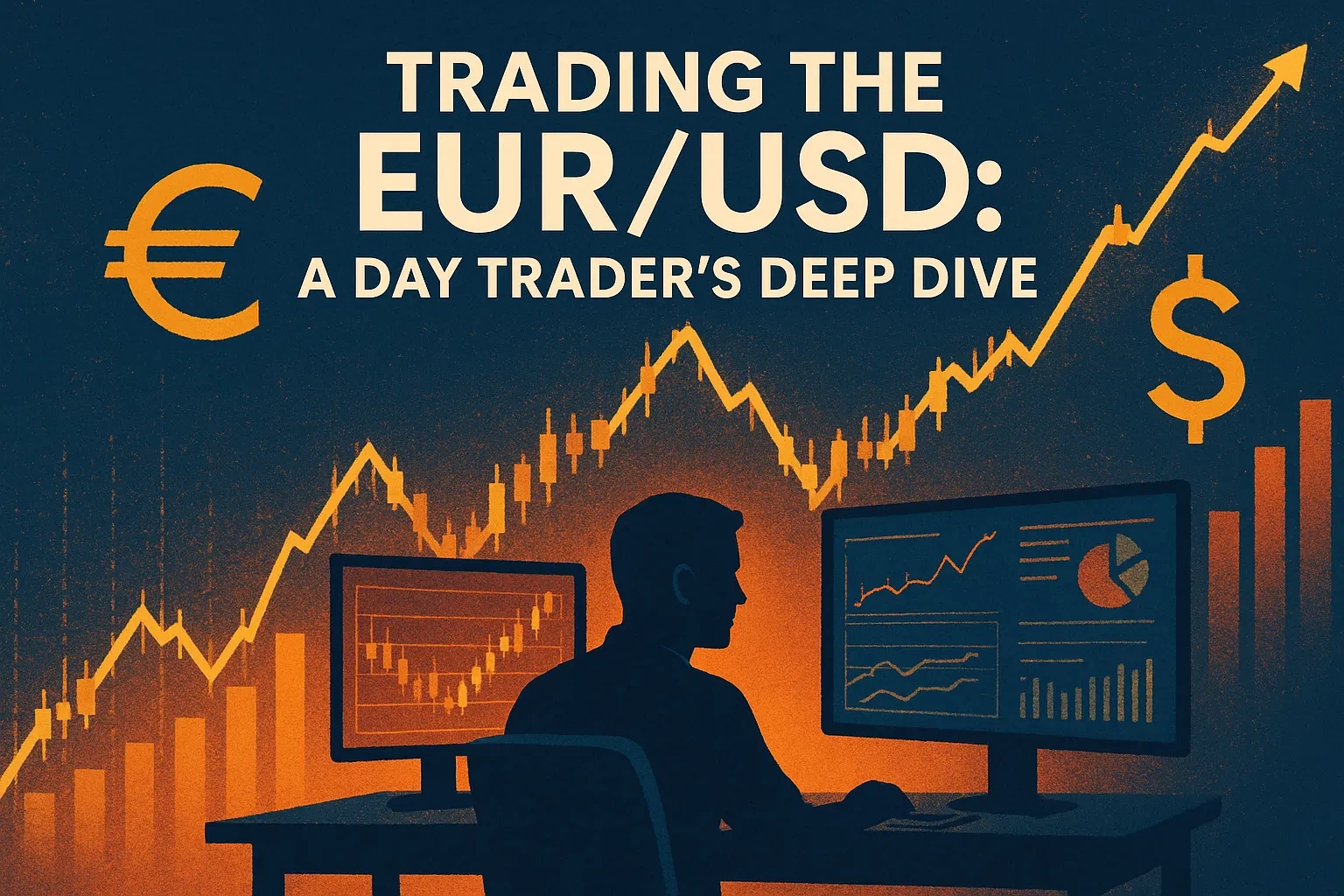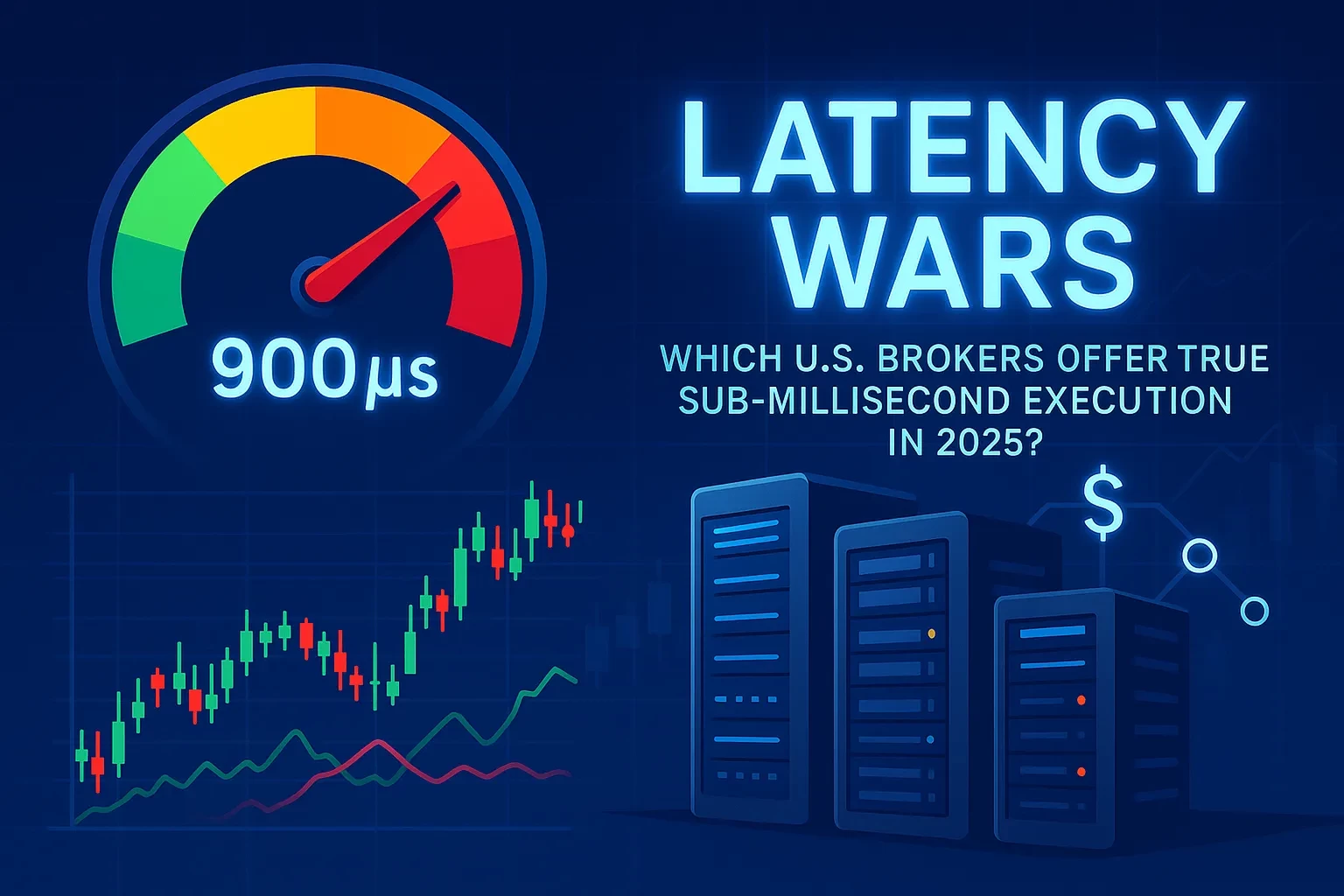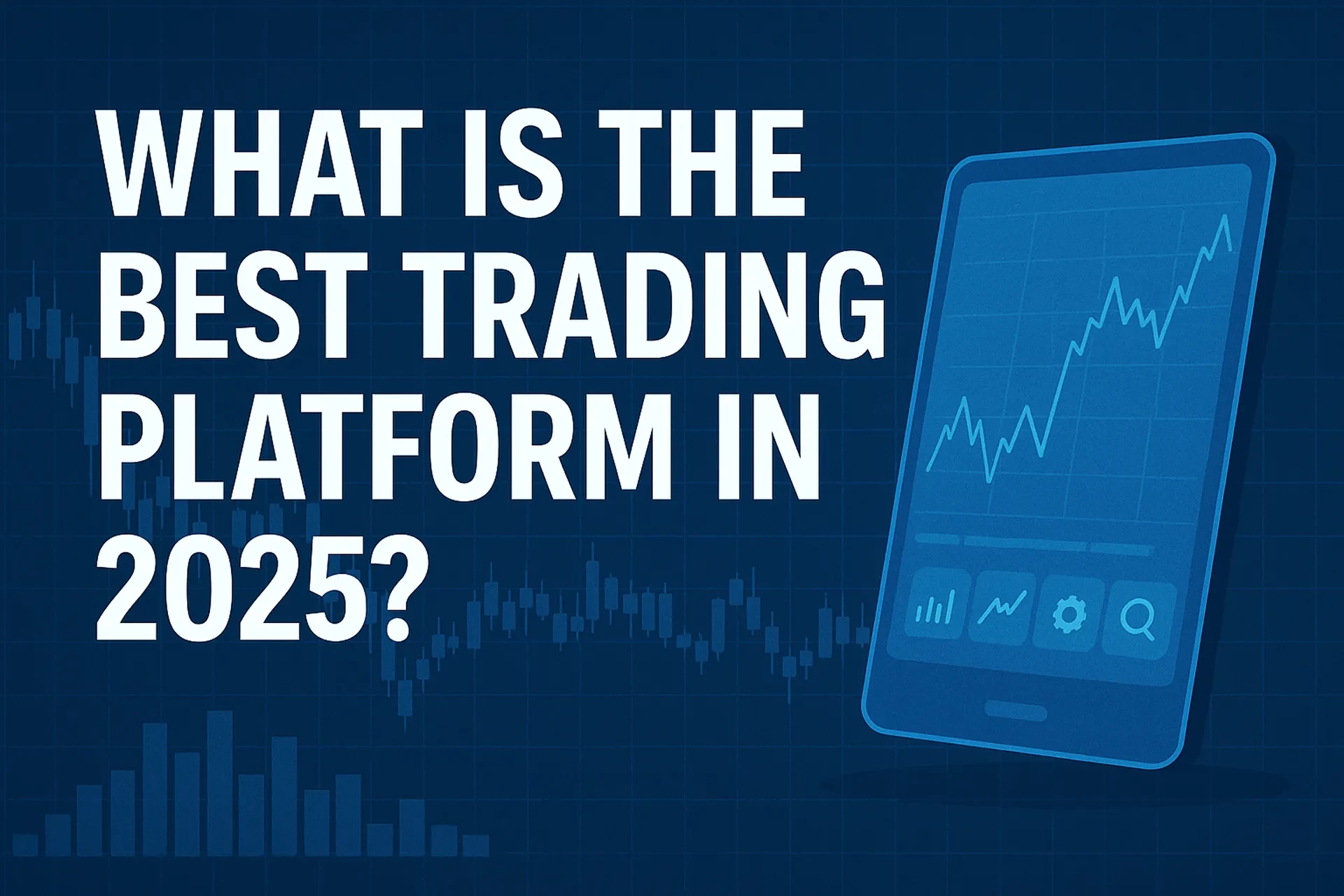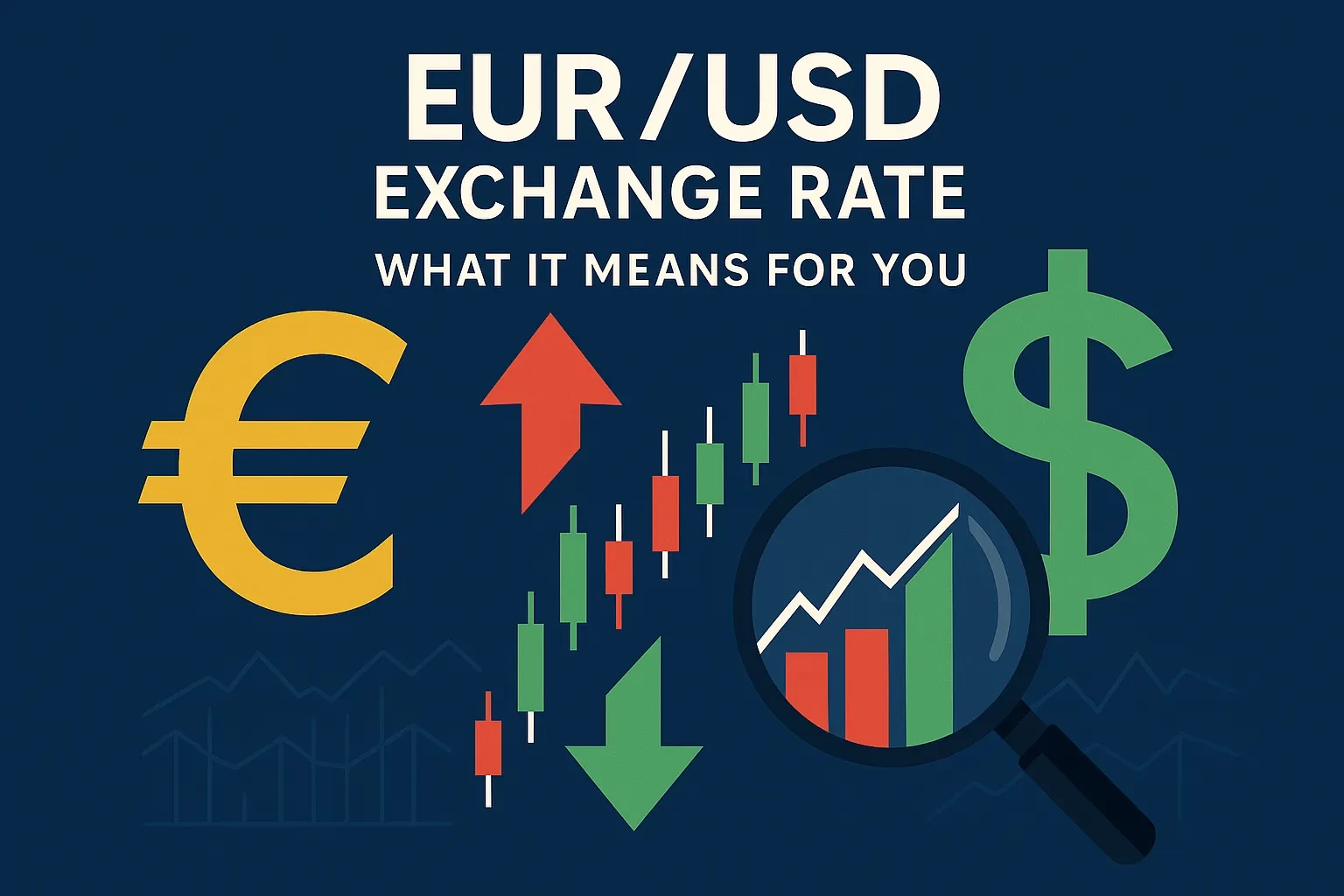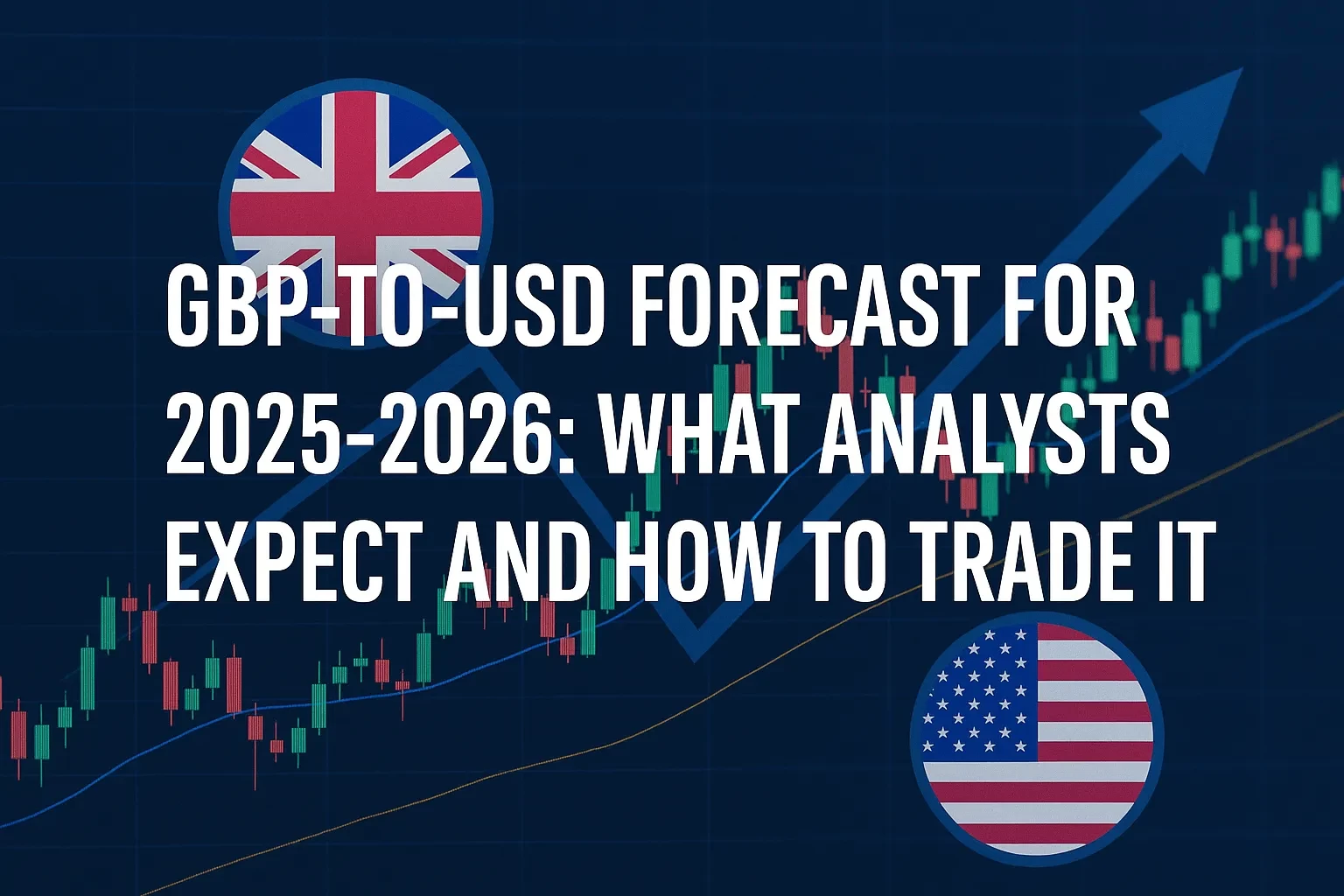Table of Contents
Automation now executes well over half of U.S. equity, futures, and FX volume. Retail brokers push “smart” order-routers and AI-powered trade ideas right into your phone. But does delegating buy-and-sell decisions to code actually improve results—or just accelerate mistakes? This deep-dive weighs the upside and downside of letting software trade for you, framed by the newest SEC, CFTC, and FINRA guidance for 2024-2025.
Understanding Automated Trading
Automated trading (algorithmic, systematic, robo, or AI trading) uses pre-programmed rules that send, modify, or cancel orders without human intervention once live. Today’s spectrum runs from simple stop-loss scripts to ML models scanning alt-data at micro-second speed.
• Regulators label automation as high-risk, high-scale technology. The SEC’s 2024 Examination Priorities spotlighted it, while a 2025 CFTC speech highlighted AI-driven surveillance.
• 2025 Snapshot:
• 65-75 % of U.S. equity volume handled by algos.
• CME exchanges offer self-match-prevention APIs.
• Retail app downloads +18 % YoY—most promote “auto-invest”.
• SEC kept the AI conflict-of-interest rule on its 2025 agenda.
Step-by-Step Framework for Deciding If Automation Fits You
• 1. Clarify your goal—automation excels at repetitive tactics.
• 2. Map the data pipeline—clean data or expect dirty outputs.
• 3. Choose architecture—drag-and-drop, broker API + Python, or low-latency co-location.
• 4. Design strict risk guards—max size, daily loss, kill-switches.
• 5. Back-test across stress periods—include 2020 & 2024 extremes.
• 6. Run a 30-60 day paper phase.
• 7. Go live in micro-size—scale only after ≥ 3 profitable months.
• 8. Monitor & iterate—FINRA Rule 3110 makes you responsible.
Pros, Cons & Risk-Management Tips
| Factor | Advantages | Drawbacks | Risk Controls |
|---|---|---|---|
| Speed & discipline | Eliminates emotions; instant execution | Bad code amplifies losses fast | Dual approval before deploy |
| Scalability | Trade 10 k shares as easily as 100 | Slippage increases geometrically | Simulate market-impact curves |
| 24/6 coverage | Captures overnight gaps | Needs constant monitoring | Cloud alerts + broker caps |
| Back-testing | Years of data in minutes | Over-fitting risk | Walk-forward & Monte Carlo |
| Diversification | Run multiple uncorrelated bots | Operational complexity | Central dashboard & audit logs |
Practical Case Study – Micro-Futures Momentum Bot
Trader: \$50 000 futures account.
System: Long-only momentum on Micro E-mini S&P (MES). Entry on 50-tick breakout; 15-tick stop; 30-tick target.
Results: Back-test (2019-25) 56 % win, 1.8 R, 8 % max DD. Paper Jan-Mar 2025 +4.2 %. Live Apr-Jun +5.1 % net. A late-May AWS outage triggered a dead-man switch, capping loss at 0.4 %.
Common Mistakes & Expert Tips
• Deploying unreviewed code: use version control + peer audit.
• Relying on bull-market Sharpe: stress-test 2024’s inflation spike.
• Ignoring regulatory logs: retain order trail 5 yrs (SEC 17a-4).
• Over-leveraging micros: risk ≤ 1 % equity per trade.
• Forgetting model drift: recalibrate monthly; FINRA Notice 24-09.
FAQs
Conclusion – Automate with Eyes Wide Open
Automated trading can be a smart idea—if you treat it as mission-critical software. Start with a clear strategy, robust risk controls, and rigorous testing. Stay current on SEC/CFTC rules, document every code change, and monitor live performance as closely as you would a human trader. Do that, and automation becomes a durable edge; ignore those disciplines, and the same speed that promises freedom can wipe you out in milliseconds.



